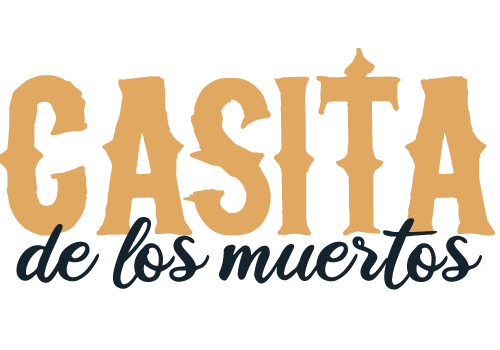Dia De Los Muertos History
Day of the Dead, also known as Dia de los Muertos, is a Mexican holiday that celebrates the lives of loved ones who have passed away. This holiday is observed on November 1st and 2nd, and is a time to remember and honor those who have gone before us.
The roots of Day of the Dead can be traced back to the indigenous peoples of Mexico, who held annual celebrations to honor their ancestors and the cycle of life and death. The Aztecs, for example, believed that the dead returned to the world of the living each year during the month of Miccailhuitontli.
With the arrival of Spanish conquistadors in the 16th century, the celebration was combined with the Catholic holiday of All Saints’ Day and All Souls’ Day. The result was a blending of indigenous and Christian traditions, creating the holiday we know today as Day of the Dead.
During the celebration, families create ofrendas, or altars, in their homes to honor the memory of their loved ones. These altars are adorned with flowers, candles, photos, and food offerings, and are meant to welcome the spirits of the dead back to the world of the living.
Another key part of Day of the Dead is the calaveras, or skull-like figures, which are often made from sugar or chocolate and decorated with colorful designs. These calaveras are meant to symbolize death and the afterlife, and are a playful way to remember and honor the dead.
In recent years, Day of the Dead has become increasingly popular outside of Mexico, with many communities around the world holding their own celebrations. Despite its growing popularity, however, the holiday remains an important part of Mexican culture and a way to keep the memory of loved ones alive.
In conclusion, Day of the Dead is a beautiful celebration of life and death, and a way to remember and honor the memories of those who have passed on. Whether you are Mexican or not, this holiday offers a meaningful way to connect with the people we love and the cycle of life.
